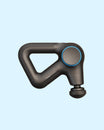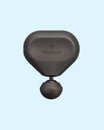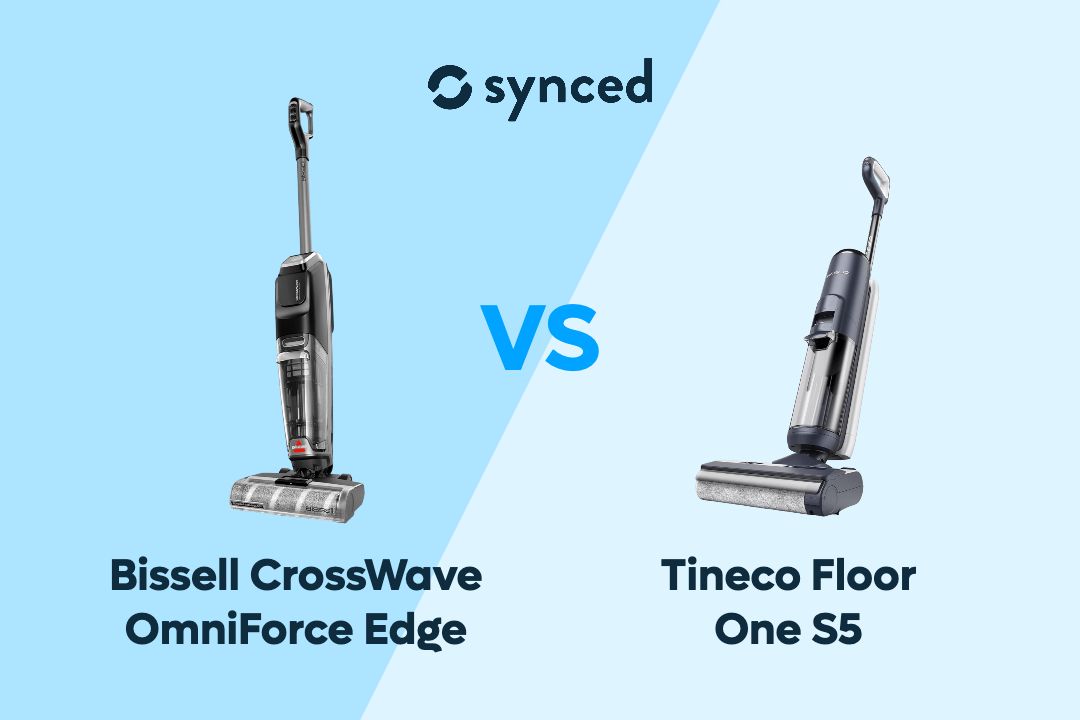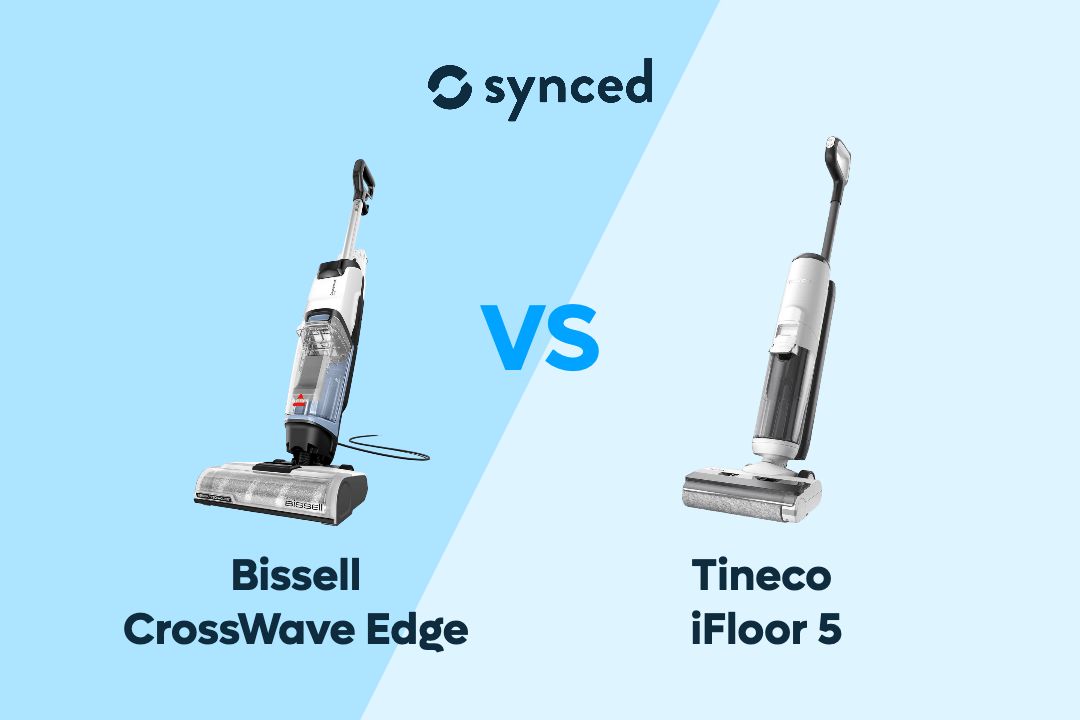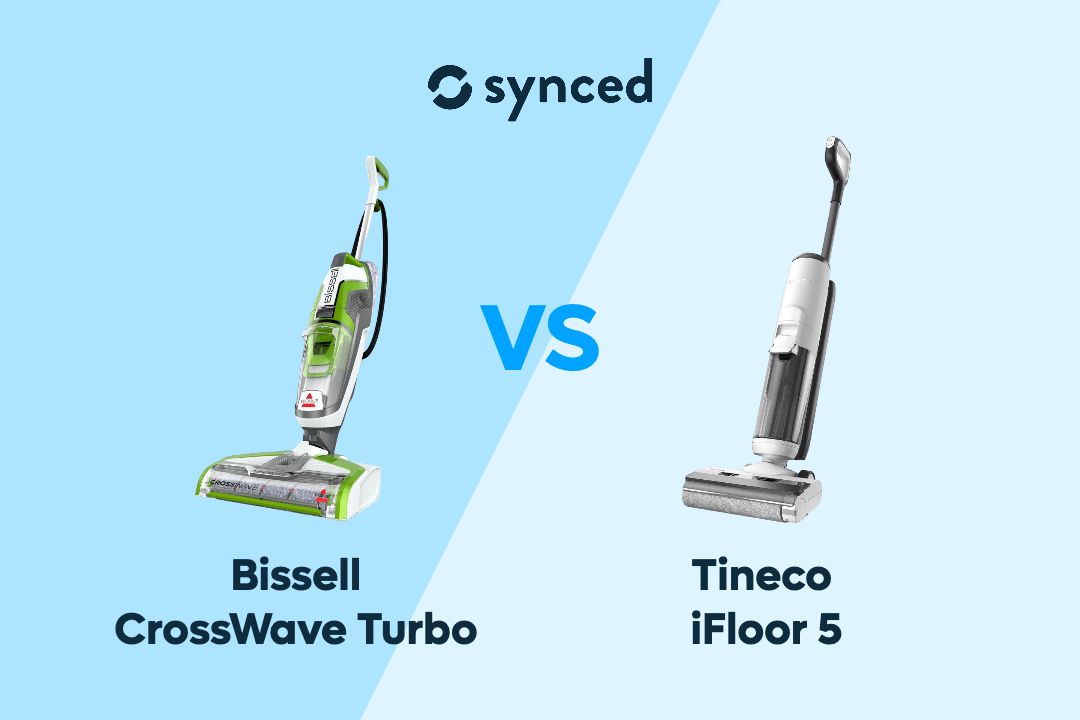Insta360 X4 vs Ace Pro: Which action camera reigns supreme?
By Naila Syifa
Updated April 2024

Insta360 X4 and Insta360 Ace Pro are two high-end action cameras from Insta360, one of the leading brands in the action camera market. Both priced at US$500, the two models offer impressive features and capabilities, making it challenging to determine which one is the best choice for your needs.
In this comparison, we will take a closer look at the key features, specifications, and performance of both cameras to help you make an informed decision.
Key Takeaways
While X4 is a 360 camera, Ace Pro is a traditional standard action camera. This fundamental difference results in many differences in terms of video quality and features. Ace Pro natively offers 8K resolution, while X4 offers 8K resolution for 360 videos, resulting in a lower effective resolution in the final reframed videos. Ace Pro also has better low-light performance and overall video quality, but the X4 offers greater flexibility and creativity with its 360-degree capture and reframing capabilities.


Insta360 X4
Versatile 360 Camera
✓ 8K/30 fps 360 Footage
✓ 4K/60 fps Single-lens Footage
✓ Invisible Selfie Stick
✓ 135 min Runtime

Insta360 Ace Pro
True Action Camera
✓ 8K Video, 48MP Photo
✓ 1/1.3” Sensor with PureVideo
✓ FreeFrame Video Mode
✓ AI Selfie Stick Eraser
#1 Design, Display, & Durability

Insta360 Ace Pro
While the Ace Pro has a boxy shape like a typical action camera, the X4 has a unique vertical, candy bar-shaped design that sets it apart from other action cameras on the market. Regardless of this difference, both cameras are compact and lightweight, making them easy to carry and use on the go.
Insta360 X4 features a 2.5" touchscreen display, which is larger than the 2.4" flip touchscreen of the Ace Pro. The screen of the X4 is also made with scratch-resistant Corning Gorilla Glass, ensuring its durability and protection against accidental scratches and impacts. For Ace Pro, if you want extra screen protection, a separate tempered glass Screen Protector is available for purchase.

Insta360 X4
Insta360 X4 also comes with another layer of protection, which is a removable Lens Guard that you install to protect the lens from scratches and damage. This is because cameras with 360 lens are more prone to accidental damage due to their exposed lenses, so the Lens Guard is a welcome addition for added peace of mind.
However, both cameras are generally tough and durable, perfect for outdoor adventures and extreme sports. Both are waterproof to 33ft (10m) and can be upgraded to 164ft (50m) with a dive case. Both cameras are also rated to operate in temperatures as low as -4°F (-20°C), making them suitable for winter sports like skiing and snowboarding.
When it comes to mounting options, the Ace Pro uses a quick-release magnetic mounting system, while the X4 relies on a standard 1/4-inch screw mount. The magnetic mount allows for faster and easier attachment and detachment to a range of accessories. However, the popular Insta360 Invisible Selfie Stick has a 1/4-inch screw hole, so it is compatible with the X4 out of the box, while the Ace Pro requires a 3-prong to 1/4-inch adapter to use the selfie stick.
#2 Video Quality

Insta360 Ace Pro
The X4 and Ace Pro stand out from other Insta360 action camera models thanks to their 5nm AI chip, which powers advanced AI algorithms for enhanced image processing, stabilization, and power management. As a result, both cameras can deliver a very high 8K resolution, raising the bar for action camera video quality.
Keep in mind that both models are fundamentally different. Insta360 X4 is a 360 action camera that captures 360-degree FOV, while Ace Pro is a more traditional action camera that captures a flat video with a more limited field of view. In this case, Ace Pro is much more similar to GoPro.
Read also: Insta360 Ace Pro vs GoPro Hero 12

Insta360 X4
While both models boast a high 8K resolution, it is important to note that the 8K resolution for the X4 is only accessible in 360 video mode, meaning that the 8K pixel is spread across the entire 360-degree field of view, resulting in a lower resolution after reframed as a standard flat video. If you use the single-lens mode in the X4, the highest resolution supported is 4K, so it is much lower compared to Ace Pro's standard 8K resolution.
The resolution change experienced by the X4 model is also noticeable when you want to zoom in on your footage. Zooming directly while recording is not supported on the X4 model, so if you want to zoom in, you can do so when reframing with the app. This can cause the quality to degrade significantly, especially if you zoom in too much.

Insta360 Ace Pro
Insta360 Ace Pro, on the other hand, stands out with the Clarity Zoom feature. By double-tapping the camera screen, you can directly zoom in and out while recording without compromising on image quality. This is because Clarity Zoom is able to retain the same resolution and level of detail, instead of merely cropping out the edges of the frame like a digital zoom.
The Ace Pro has another advantage when it comes to low-light performance. It uses Insta360's flagship large 1/1.3" sensor, which captures more light and delivers superior image quality in dimly lit environments compared to the X4's smaller 1/2" sensor. In addition, the Ace Pro offers PureVideo mode, specially designed for low-light shooting. This mode improves noise reduction and color enhancement, further enhancing the Ace Pro's performance in challenging lighting conditions.
#3 Features

Insta360 Ace Pro
In terms of features, Insta360 X4 and Ace Pro are very similar to each other. Both offer FlowState Stabilization, support voice control and gesture control, offer a range of video modes including timelapse and pre-recording, come with AI-powered editing tools, support wireless connection with a range of external devices, and can even integrate stats from Garmin devices and Apple watches with the Stats Dashboard feature.
The difference between the two models is minor, and it relates more to the X4's ability to capture a 360 video. For example, the X4 offers an additional Bullet Time video mode, which allows you to capture stunning slow-motion shots that rotate around a fixed point, creating a Matrix-like effect. This is only possible in the X4 because of its 360-degree lens.

Insta360 X4
Insta360 X4 also offers a 360° Horizon Lock feature, which keeps the horizon level even when the camera rotates a 360-degree, perfect for capturing roller coaster rides or backflips when skiing. The Ace Pro also features Horizon Lock, but it is only supported in FreeFrame Video mode, which uses a larger field of view with a flexible aspect ratio that you can adjust in post-production.
Another difference concerns the popular Insta360's Invisible Selfie Stick accessory. Both cameras support the Invisible Selfie Stick, meaning that you can record a third-person perspective without the selfie stick appearing in the footage.
The difference is, for the Ace Pro, the footage has to be processed in the Insta360 App first using the AI Selfie Stick Eraser effect. In contrast, the X4 natively supports the Invisible Selfie Stick, meaning that it can generate the invisible selfie stick effect straight out of the camera without any additional editing. This is possible because the X4 automatically stitches the footage in real-time, thanks to its 360-degree lens that captures the entire surroundings, allowing for a seamless, selfie stick-free view.

Insta360 X4
In addition, the 360 videos that the X4 produces offer greater flexibility and versatility in post-producing. You can reframe the footage in the Insta360 Studio desktop software or Insta360 mobile app, or use AI to automatically track and follow your desired subject, ensuring they remain the focus of your video.
The Ace Pro also supports editing via the Insta360 app, but X4's 360 videos can better leverage the AI-powered creative features available in the app for more dynamic and engaging content.
#4 Battery Life

Insta360 X4
When it comes to battery life, the X4 is the clear winner. It has a large 2290 mAh battery, which allows continuous recording at 5.7K/30 fps for up to 135 minutes. Moreover, the X4's battery boasts quick charging capabilities, enabling it to be fully recharged in just 55 minutes or reach an impressive 80% charge in only 38 minutes.
The Ace Pro, on the other hand, has a smaller battery capacity of 1650 mAh, resulting in a shorter battery life of up to 100 minutes when recording Active HDR video at 4K/30fps resolution. Fast charging is also supported, with a faster charging time of 46 minutes for a full charge or 22 minutes to reach 80%.
Insta360 X4 vs Ace Pro
Final Thoughts

Insta360 Ace Pro
In summary, both the Insta360 X4 and Ace Pro are impressive action cameras with their own unique strengths.
The X4 shines with its 360-degree capabilities, durable design with layers of protection, and longer battery life. It also supports many features that allow for greater flexibility and creativity, making it ideal for those who want greater freedom in creating immersive and creative content.
The Ace Pro, while not as flexible, offers a very high 8K resolution, excellent low-light performance, and Clarity Zoom capability, all of which make the Ace Pro superior to the X4 in terms of general video quality. It is a solid choice for traditional action camera enthusiasts who prioritize video quality rather than creative flexibility.
If you like to read more about Action Camera, check out our other relevant guides here:
Insta360 X2 vs X4
Insta360 X3 vs X4
Insta360 X4 vs ONE RS 1-inch 360 Edition
Insta360 X4 vs GoPro Hero 12
Insta360 X4 vs GoPro Max
Insta360 X4 vs DJI Osmo Action 4
Insta360 X4 vs DJI Osmo Pocket 3
Don't miss out on tech
Subscribe to our newsletter to stay up to date on the latest tech trends and guides on the best gadgets around.


